What would happen if an astronaut took off their helmet while in space?
Disappointingly for sci-fi writers, realistically it can’t happen.
"An astronaut in a pressurised suit cannot remove their helmet by themselves," notes Herve Stevenin, overseeing ESA’s Extra-Vehicular Activity and Parabolic Flight Training Unit.
"Instead this is done by another crew member back in the airlock."
Read more: How to train an astronaut and the biggest dangers on the International Space Station
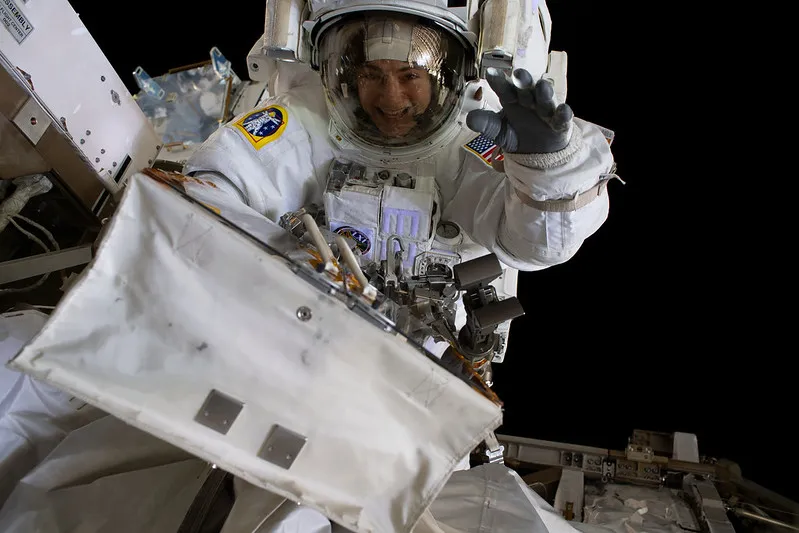
Ok, but let's assume an astronaut could take off their helmet. How long do they have?
Assuming dramatic licence – or a very wonky spacesuit – how long would a helmetless astronaut survive?
First the good news: contrary to vintage sci-fi, the astronaut won’t immediately die, explode or freeze.
"Vacuum is a poor heat conductor," explains Senior ESA Flight Surgeon Dr. Sergi Vaquer Araujo. "The body will drop in temperature, but it won’t spontaneously turn into a big frozen stick."
Based on animal experiments and some vacuum chamber accidents, an astronaut who has removed their helmet may remain conscious for up to 12 seconds and could survive if re-pressurised within two minutes or less, while running an ever-growing risk of irreversible damage.
A spacesuit’s function is not just to supply a spacewalker with oxygen but also to keep their body at sufficient pressure to maintain breathing and other bodily functions.
Once that is lost, bad things happen.

Astronaut without a helmet, minute by minute
So the astronaut removes their helmet. What happens next?
Immediately their unprotected face experiences sunburn from the heavy ultraviolet content of unfiltered sunlight.
Our spacewalker, however, will have other issues in mind.
Most of all – counter-intuitively – the astronaut without a helmet must remember to exhale. Hold their breath and their lungs will expand like a bursting balloon.
Keeping their airways open should avoid the worst of this ‘barotrauma’, although their lungs now become a place where oxygen is venting from (rather than entering) their blood.
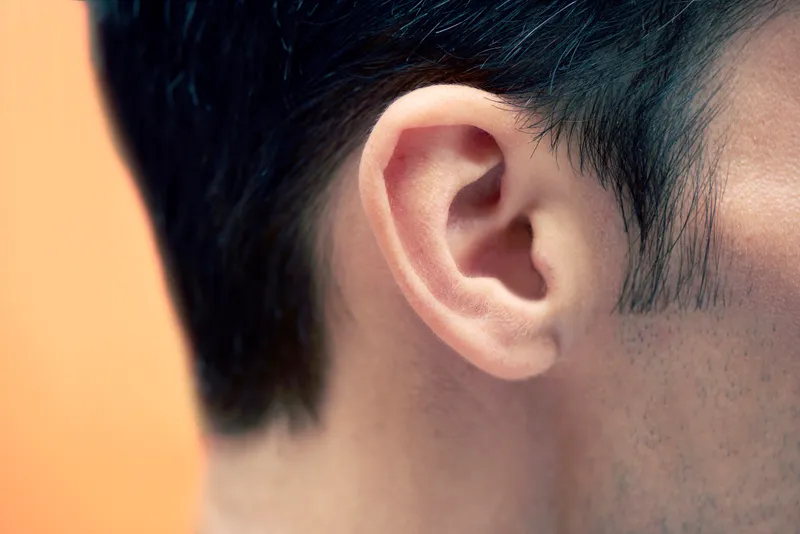
Parallel air expansion within their ears and sinuses will cause tissue ruptures and possible deafness.
In the absence of atmospheric pressure, the moisture coating the astronaut’s eyes, mouth and throat will vaporise.
The last sensation of one NASA engineer as he underwent inadvertent decompression in 1966 was the salvia on his tongue boiling away.
This vaporisation will in turn cause localised temperature drops and freezing.
Liquids within bodily tissues also boil and bubble, triggering painful swellings known as ‘ebullism’.
In 1960, high-altitude balloonist Joseph Kittinger had the glove on his pressure suit fail: his hand swelled up to double normal size, returning to normal once he parachuted back.
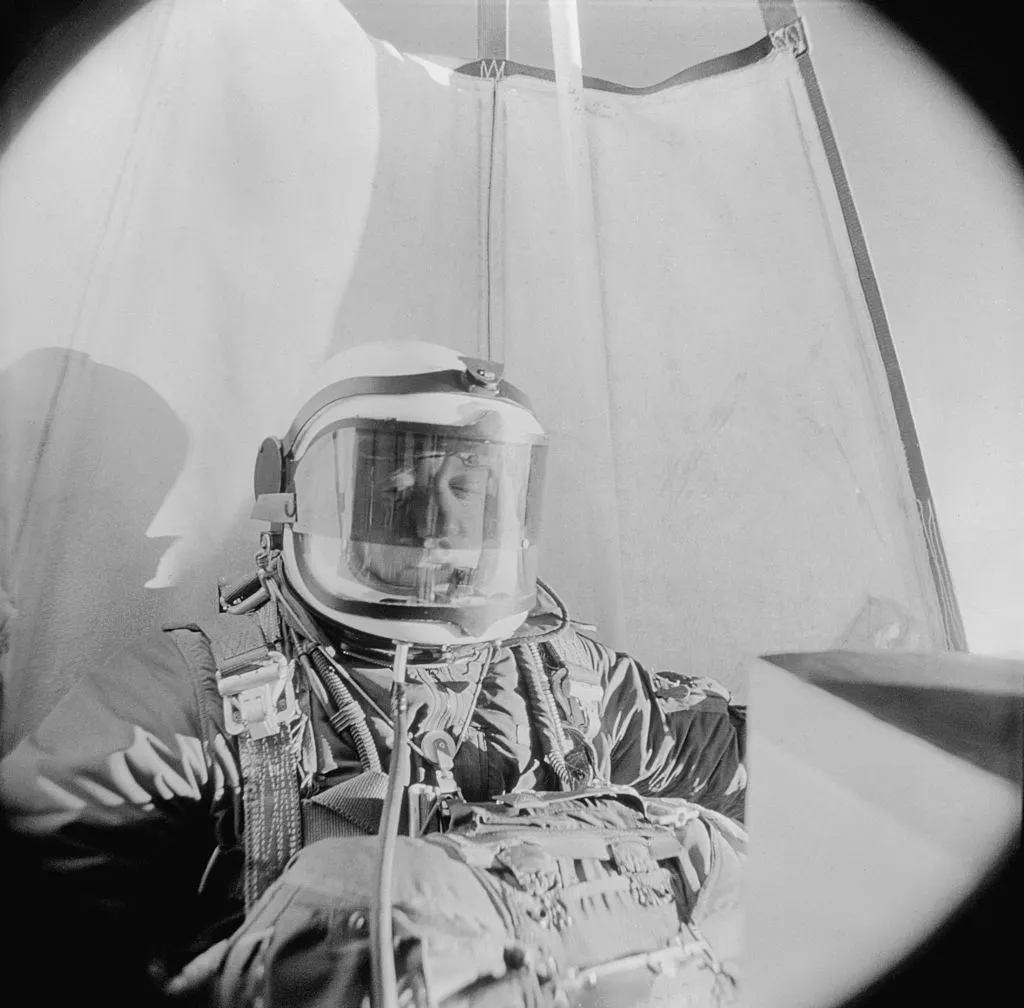
Other bodily fluids will escape if they can, according to one 1964 NASA experiment on dogs: “Lacrimation [crying], profuse salivation, urination, projectile vomiting, and defecation were observed. All fluids were bubbling on emission.” (the good news is that most subjects recovered).
The most serious threat is the ongoing loss of now-gaseous blood oxygen via the vacuum-exposed lungs, causing hypoxia.
Once the first deoxygenated blood reaches the brain the spacewalker’s ‘time of useful consciousness’ is over.
The quoted figure of 12 seconds is optimistic, likely to be reduced by bodily exertions or external factors such as G-forces.
When Space Shuttle Columbia broke up in 2003, the crew seemed to lose consciousness instantaneously, never even sealing their flight suit visors.
So our helmetless astronaut would need their fellow crewmates to save them.
Though when ESA astronaut Luca Parmitano had his helmet fill with water during a 2014 spacewalk it took 23 minutes to return him to the airlock – any helmetless spacewalker would be long dead by then.
“This kind of worst-case scenario has obvious irreversible consequences,” adds Dr. Vaquer.
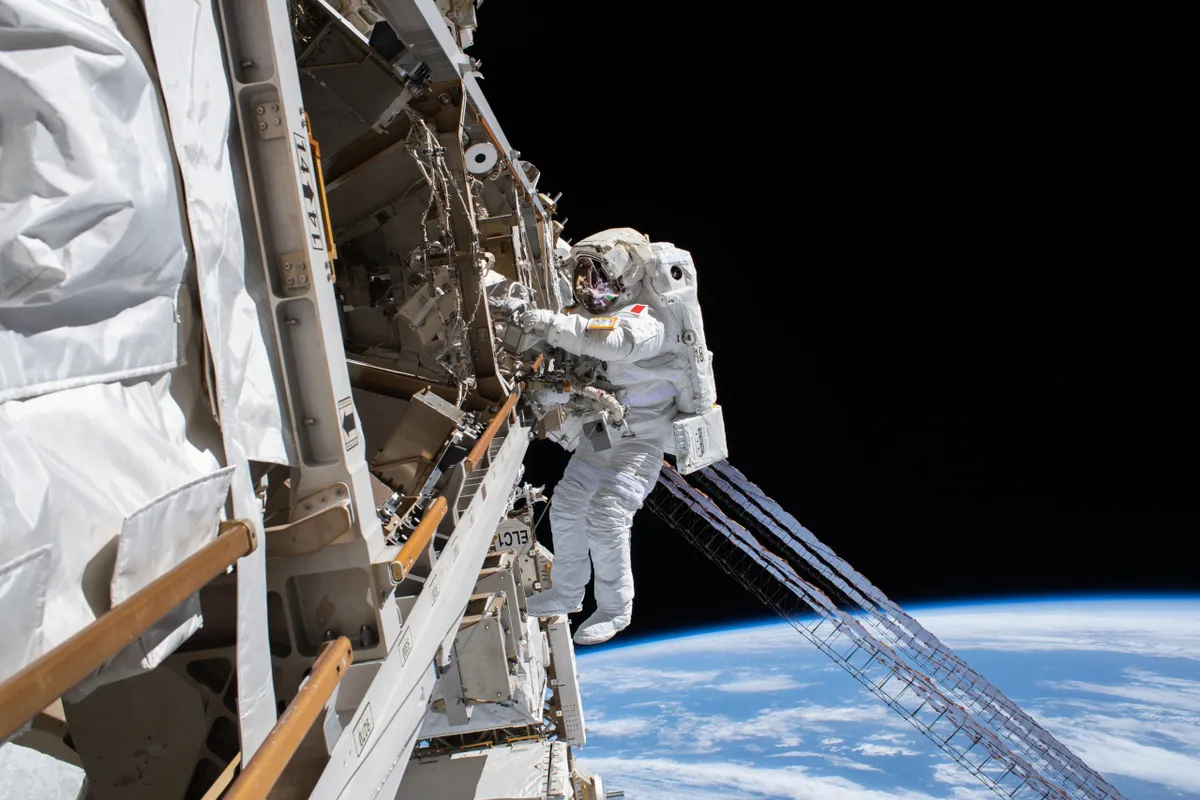
What about an astronaut losing a glove?!
The closest parallel that trainee astronauts experience is a ‘glove pop off’, which takes place in NASA’s Neutral Buoyancy Laboratory, the giant swimming pool for spacewalk training.
The trainee’s glove is removed so that their spacesuit pressure drops suddenly.
The EVA suited trainee is required to exhale as fast as possible to avoid injury from their lungs over-expanding.
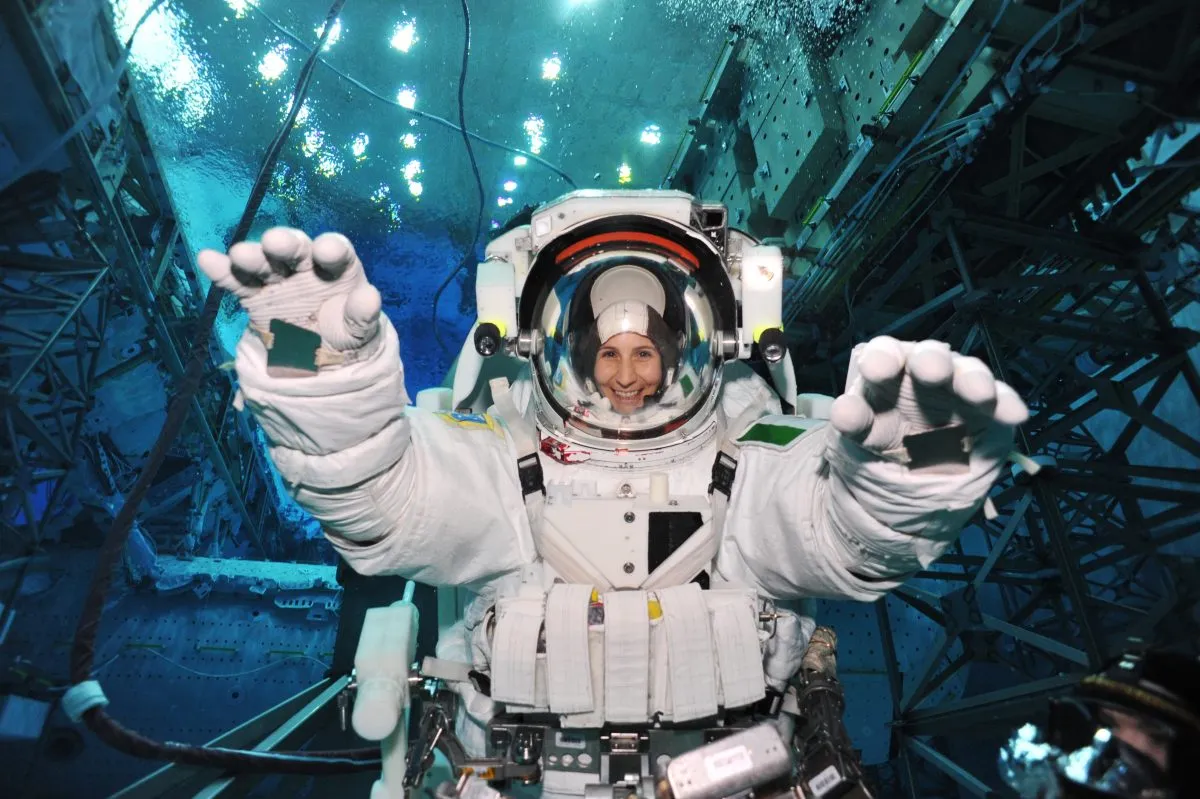
The aim is to prepare trainees for a suit failing for real underwater.
A mild version of this scenario has already happened in orbit.
On Shuttle mission STS-37 in 1991, spacewalker Jay Apt inadvertently punctured his glove. He didn’t even notice until afterwards: his own skin plus congealed blood filled the small hole.
